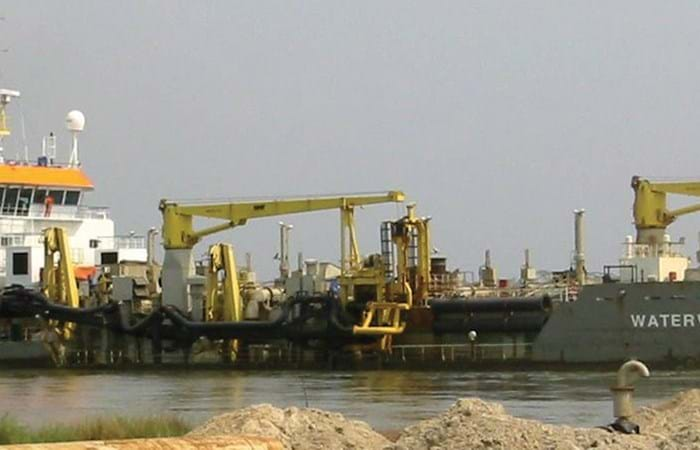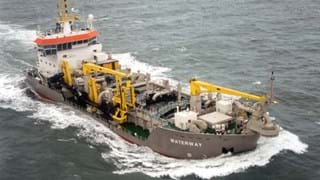The Escravos Gas-to-Liquids facility (EGTL) converts natural gas feed into high quality, environmentally superior, liquid GTL fuel, naphtha, and LPG products. The facility feed is approximately 320 million SCFD of natural gas and the facility produces approximately 33,000 BPD of products. The EGTL facility will be built on the north bank of the Escravos River tidal outlet, in the Niger Delta about 2 kilometers north of its confluence with the Atlantic Ocean on the Bight of Benin, approximately 100 nautical miles south east of Lagos, and 37 nautical miles west of Warri, Nigeria.
The EGTL facilities was built adjacent to the existing Escravos Terminal and Gas Plant. The building site consisted of a greenfield site, with the existing environment consisting of mangrove and freshwater elements, typical of brackish water sources dominated by the sea, and geotechnically very poor soil conditions. Chevron Nigeria Limited selected a piled raft foundation for its plant structures, and this was used as the basis for defining the Dredging, Reclamation and Dewatering Works. The work consisted of dredging 3,000,000 m3, hydraulic sandfill of 70 ha (max. 8 m thick), the installation of closely spaced prefabricated drains, the lowering of the water table over an area of approximately 30 ha by active pumping and the installation of the necessary monitoring instrumentation.

